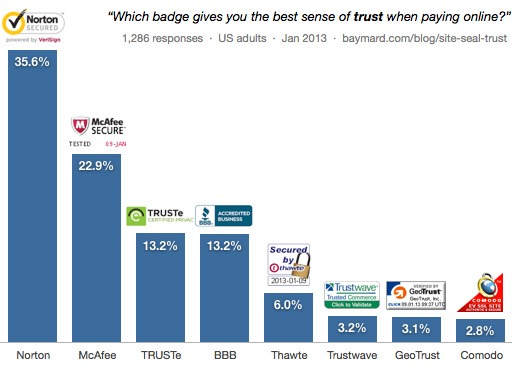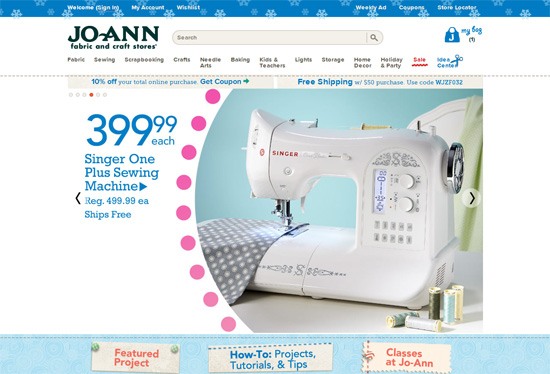Developing Trust Towards Your Website: Two Options to Consider - Six Revisions |
| Developing Trust Towards Your Website: Two Options to Consider Posted: 18 Jun 2014 03:00 AM PDT Whenever we go to a website we have never been to before, there is a small voice of doubt inside our head, asking "Why should I trust this site? What if I place the order and don’t receive the goods? What if their payment system isn’t secure and my private information leaks out to the public?" And just like that, we talk themselves out of an online purchase in a matter of seconds.
We have to address these anxiety-inducing concerns our users have when they first encounter our website. Based on some studies, what follows are a couple of ways a website can establish trust with its users. Consider Using Trust SealsRecognizable trust seals/security seals such as Norton Secured, McAfee Secure and TRUSTe are designed to provide assurance that a site is secure and that the site has been audited by a third party.
Do they work though? In some cases, they do. A survey research by Actual Insights shows that 61% of the research participants have at one point decided not to purchase an item from a website that didn’t have a trust seal.
An A/B test study by online craft store Jo-Ann (reported by Internet Retailer) suggests that trust seals can lead to increased online sales. In the A/B test conducted by the e-commerce website, sales grew 5-6% because of the Hacker Safe trust seal.
Trust seals give people a sense of assurance that it is probably safe to transact with a website, but subscription to these services can be expensive. In the case of Jo-Ann, the subscription set them back $15,000 a year. This may not be a viable option unless you can generate enough added sales to offset the cost of trust seals. Display Customer Reviews (Even Bad Ones)According to a report by Econsultancy, bad reviews actually increased conversions by 67% in one case. This is probably due to people mistrusting reviews consisting of only positive feedback. Another similar option is adding a third-party online consumer review widget on your product pages. One example is Trustpilot, a product review platform. One of my company’s customers implemented a Trustpilot widget and saw a 58% increase in their sales. (Read the case study at my company’s blog). Honesty and transparency — showing the good and bad side — go a long way towards building trust towards your website. Your TurnWhat are some ways you establish trust with your users? Share it with us in the comments. Related Content
About the AuthorThe post Developing Trust Towards Your Website: Two Options to Consider appeared first on Six Revisions. |
| You are subscribed to email updates from Six Revisions To stop receiving these emails, you may unsubscribe now. | Email delivery powered by Google |
| Google Inc., 20 West Kinzie, Chicago IL USA 60610 | |




No comments:
Post a Comment